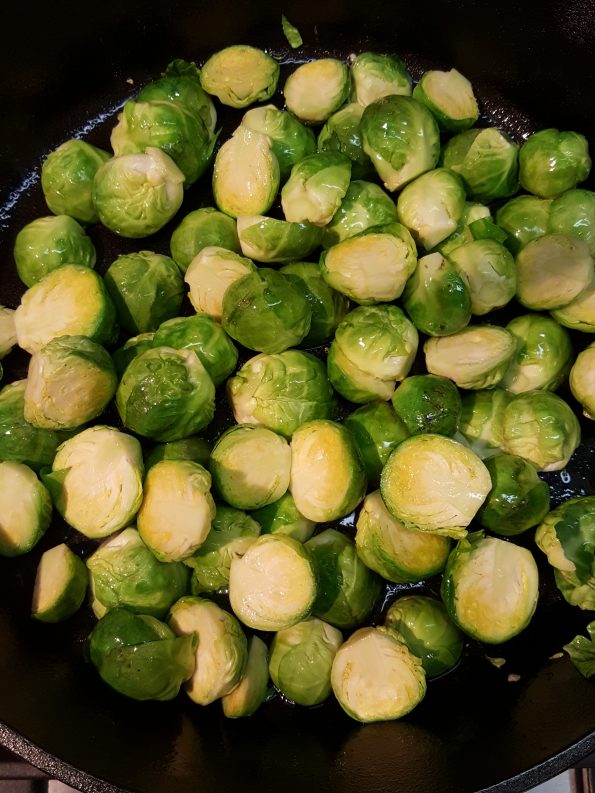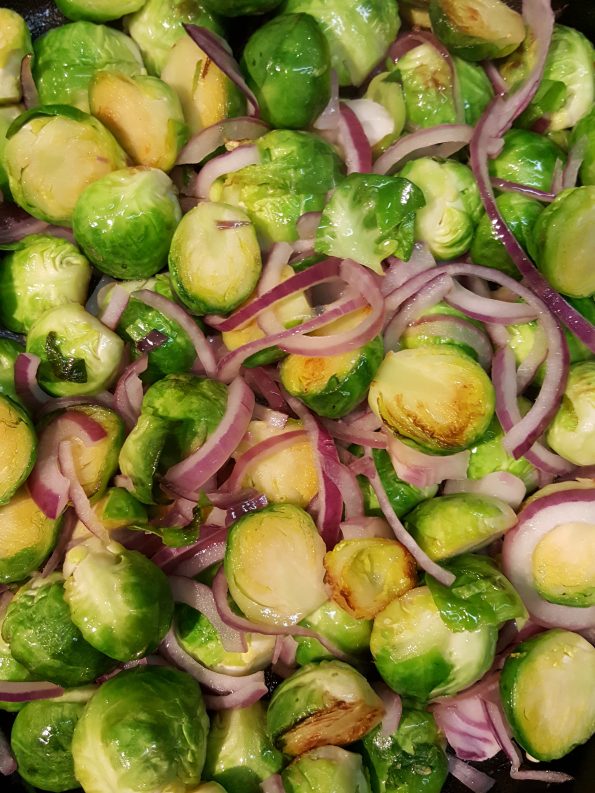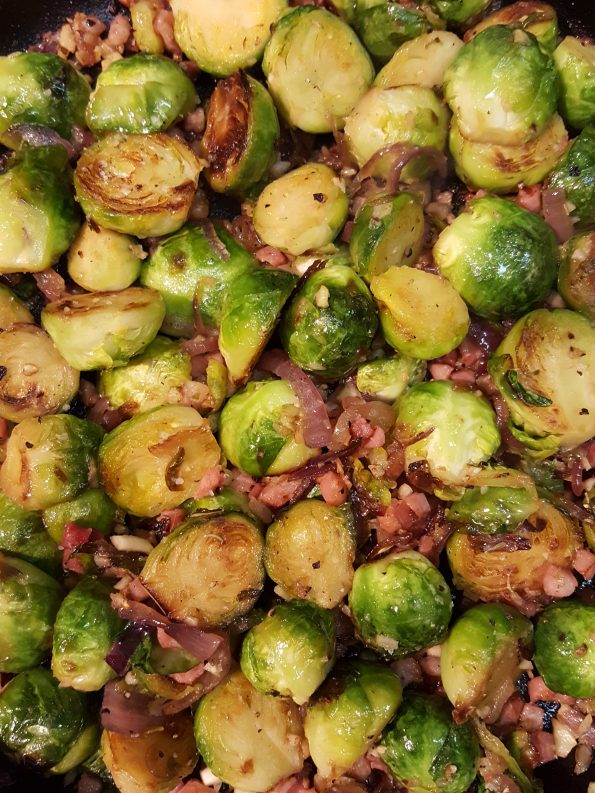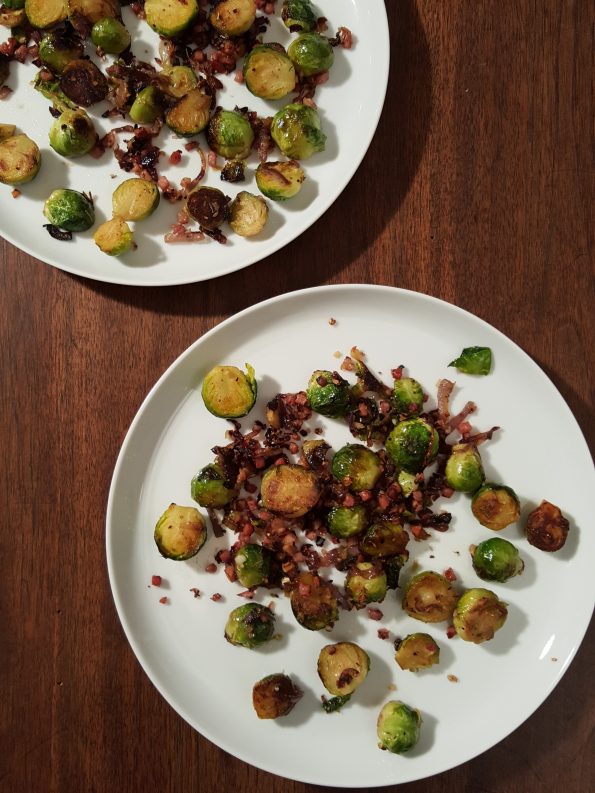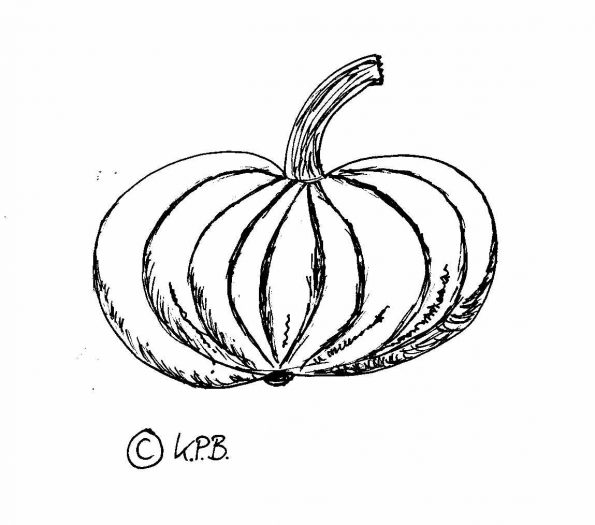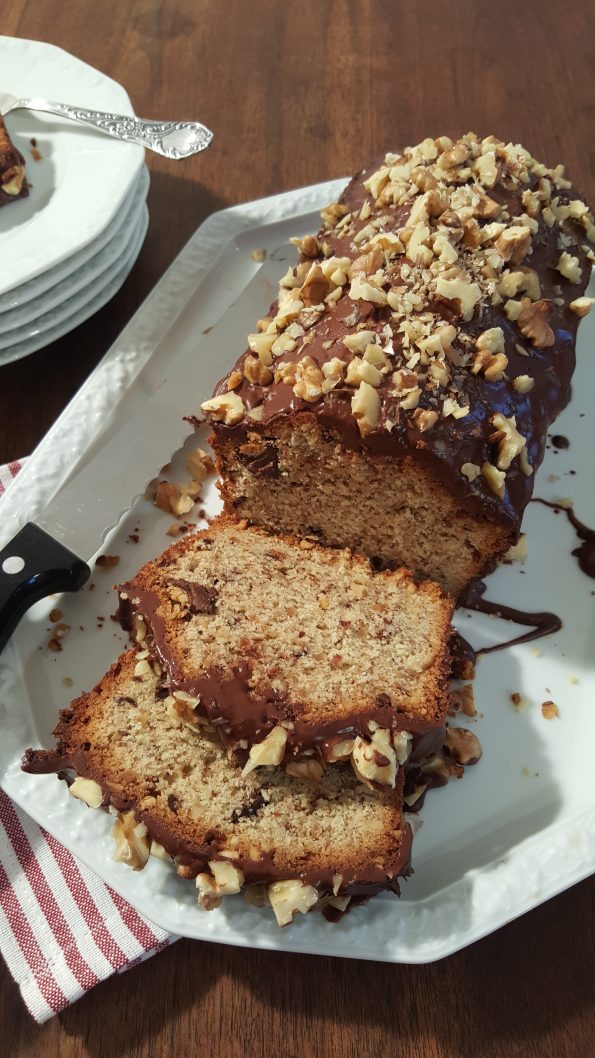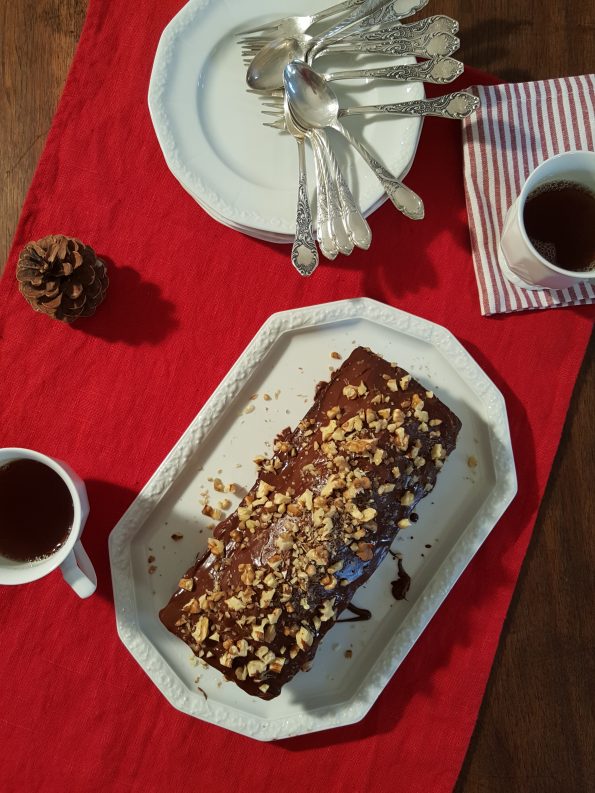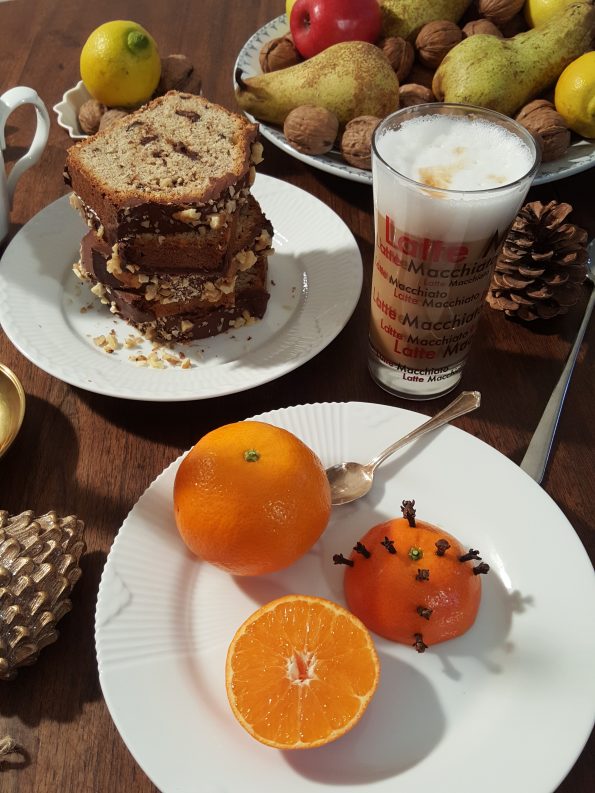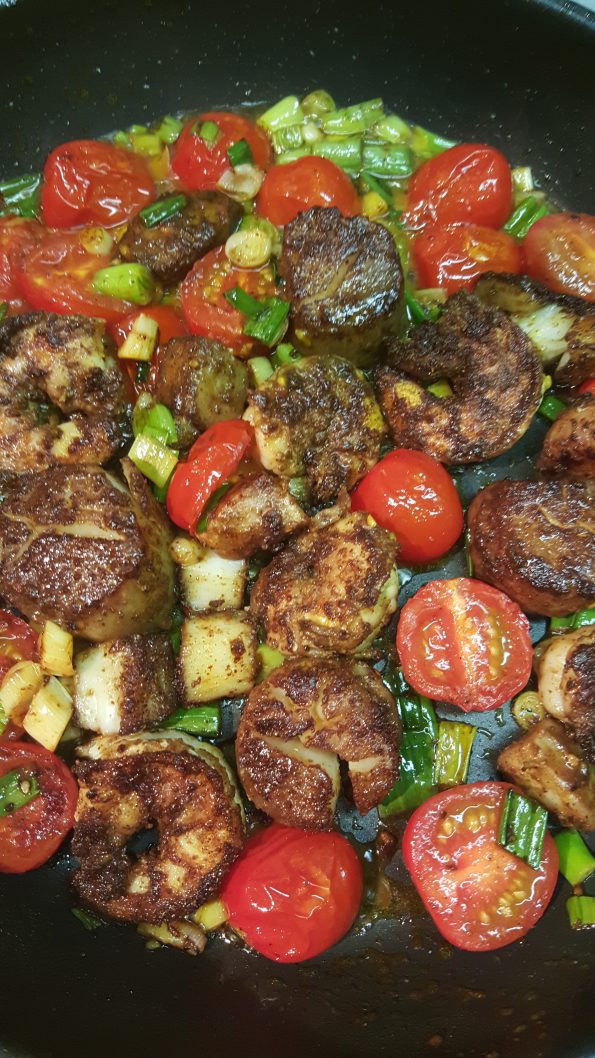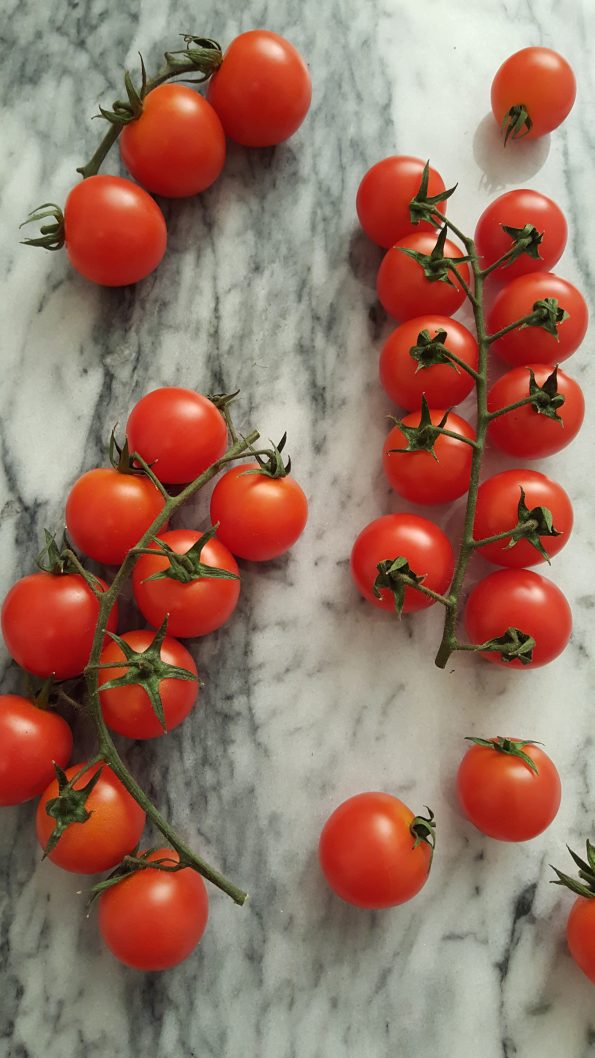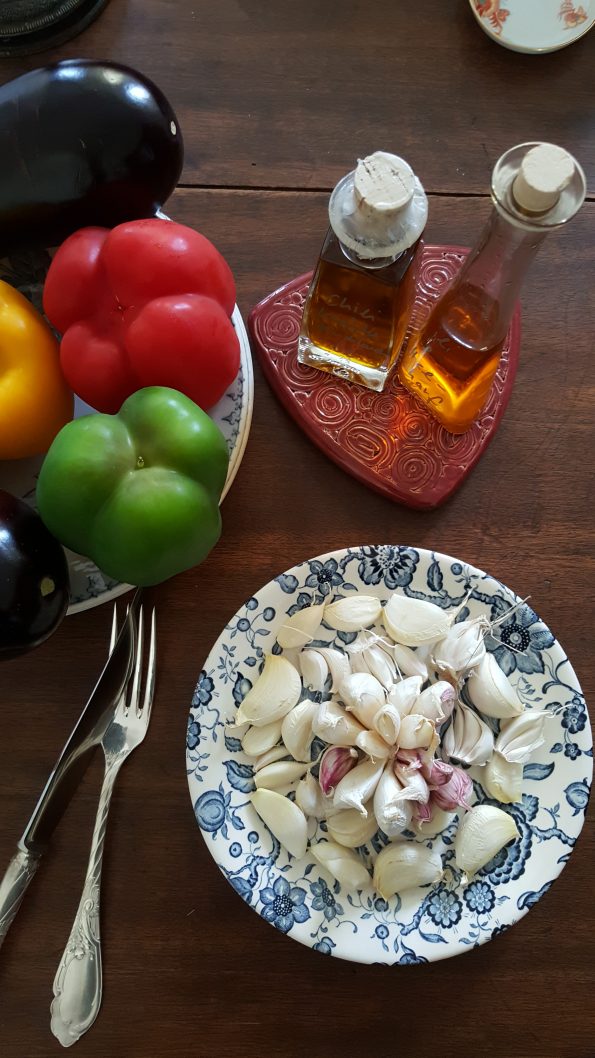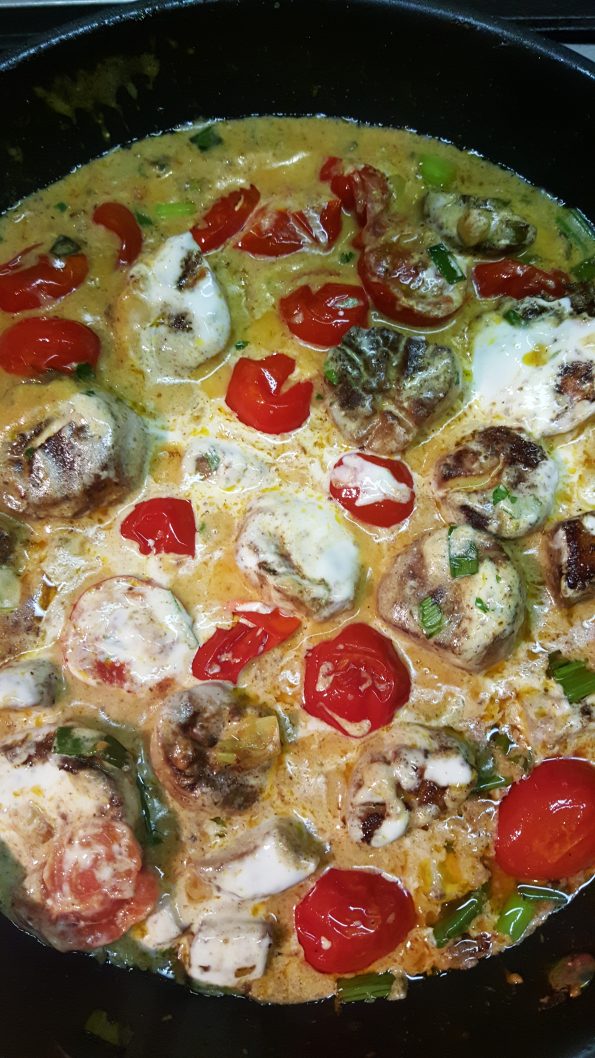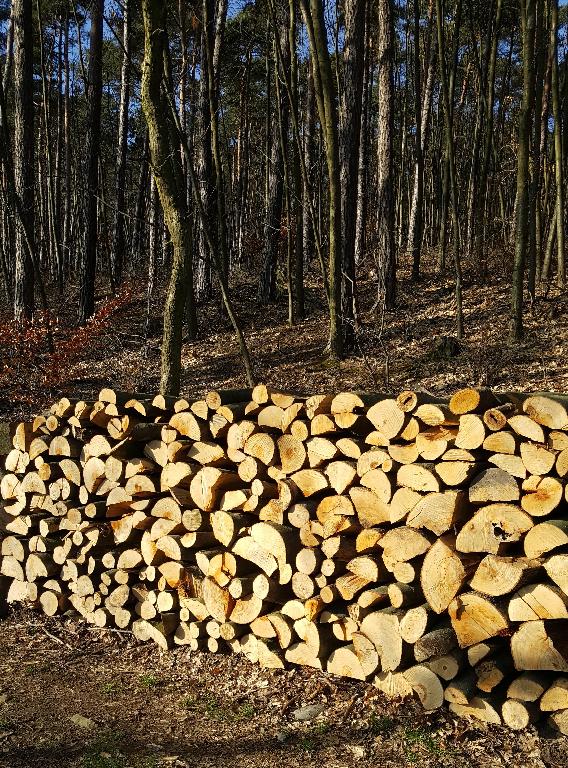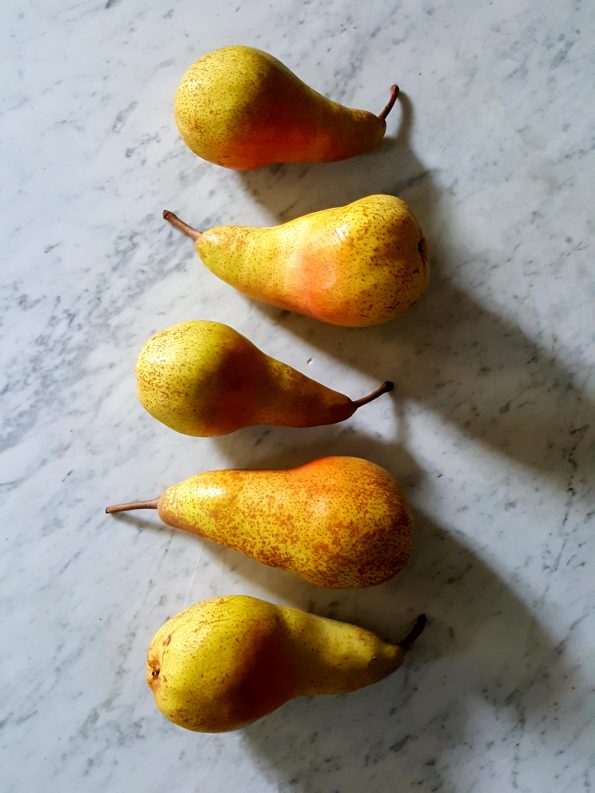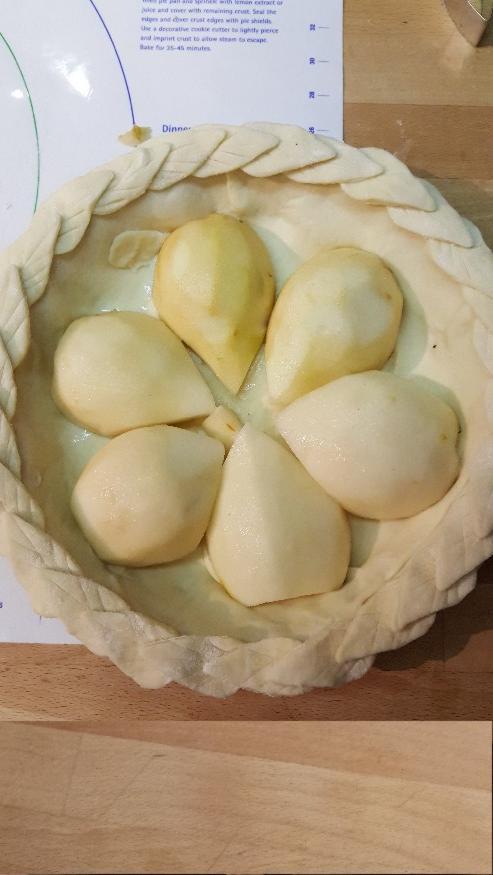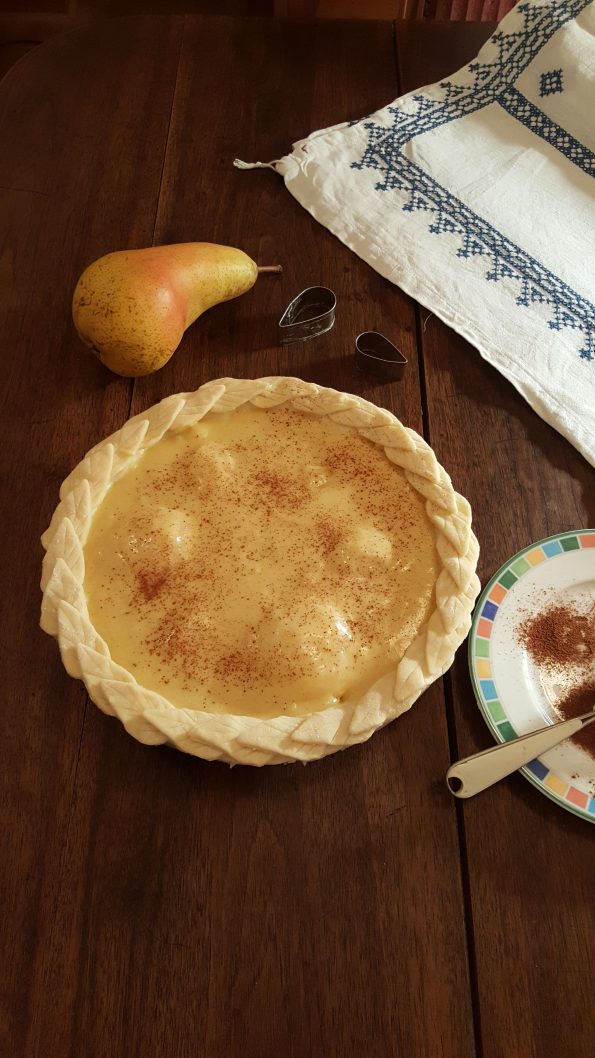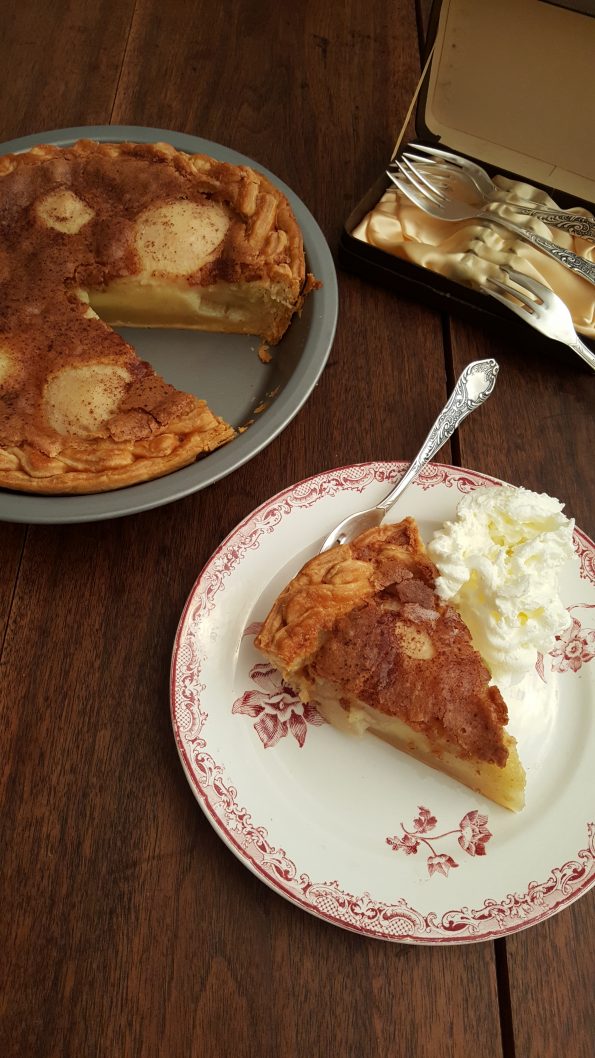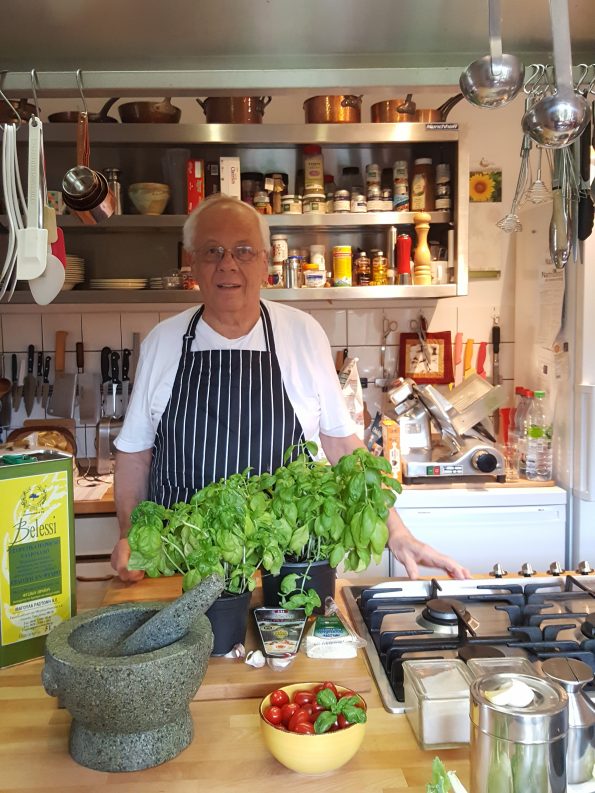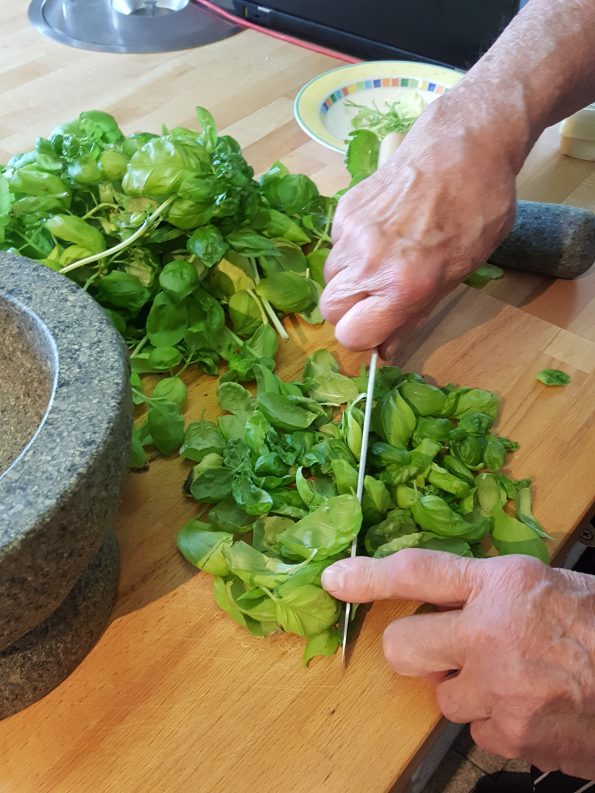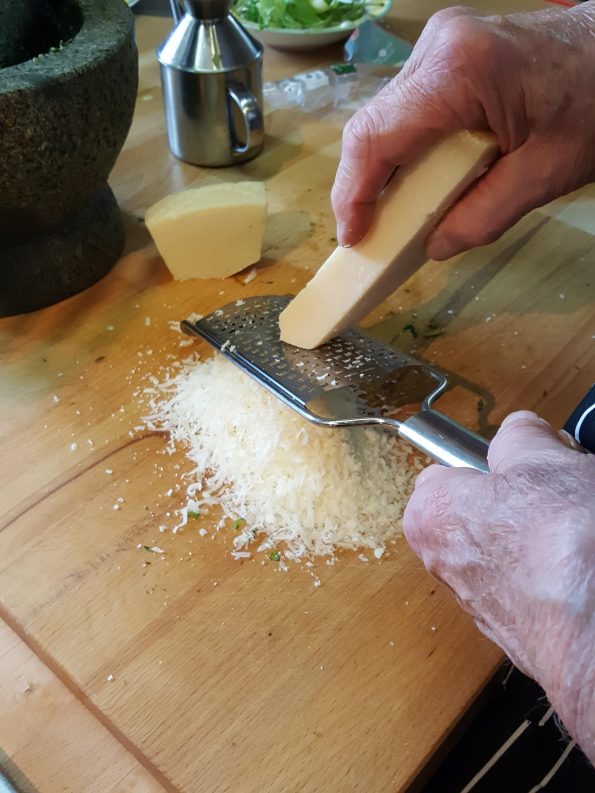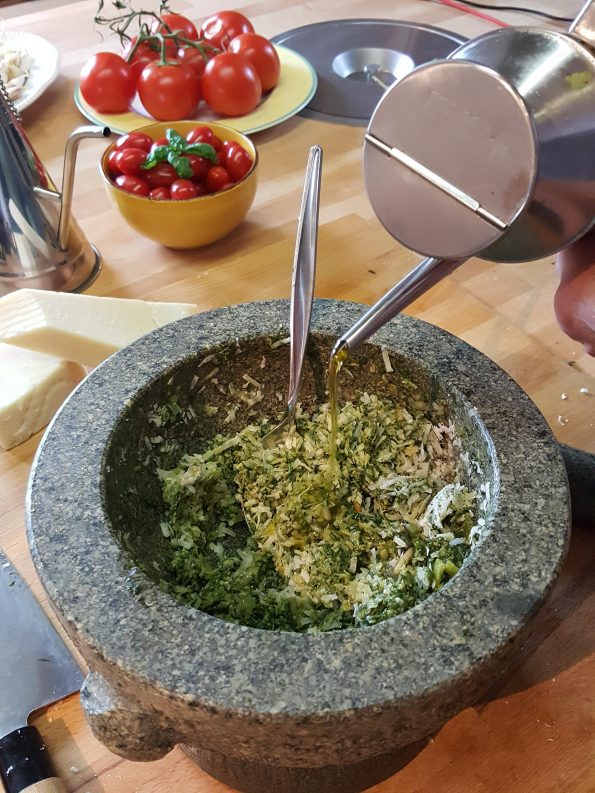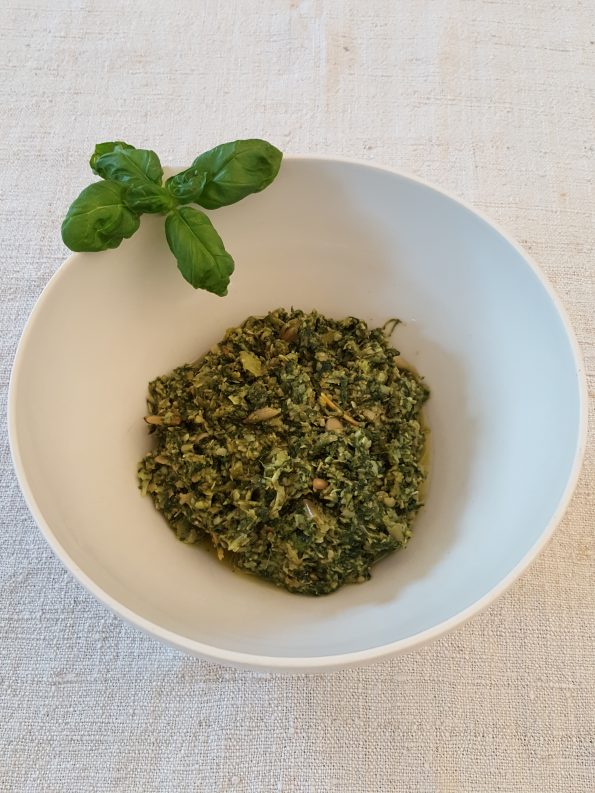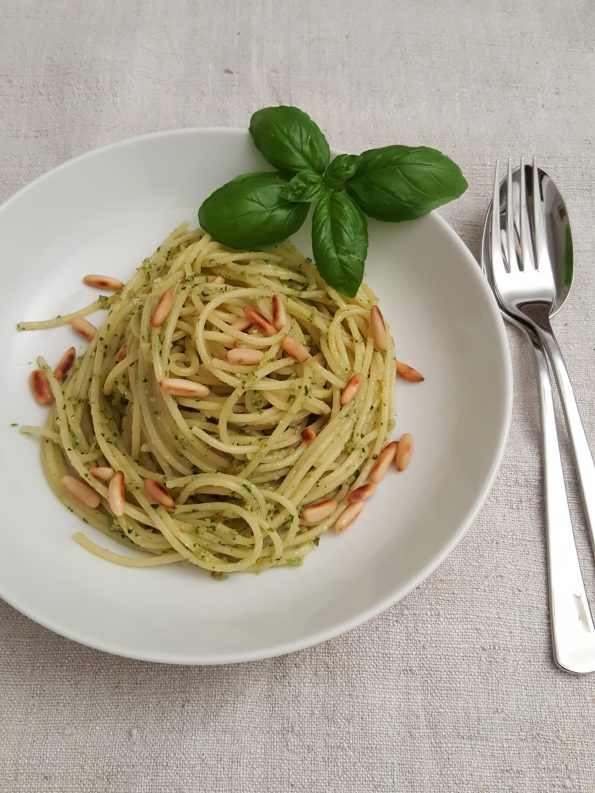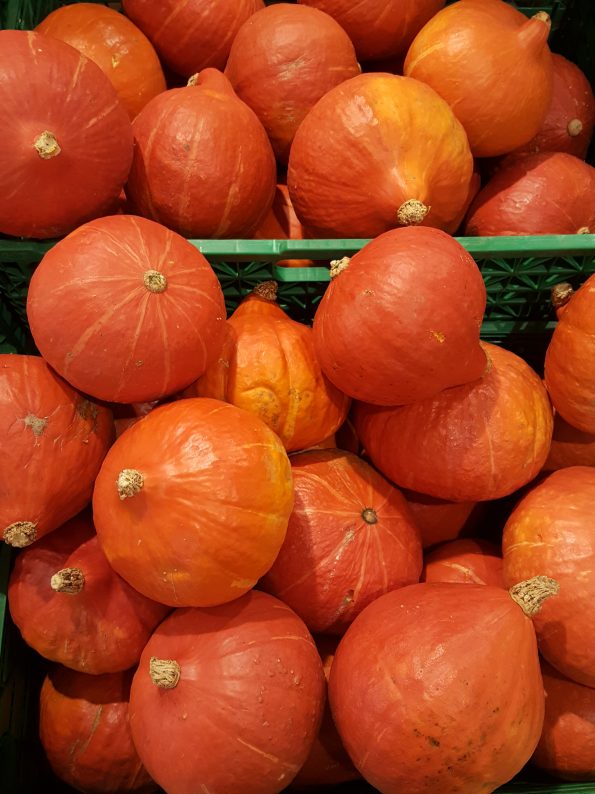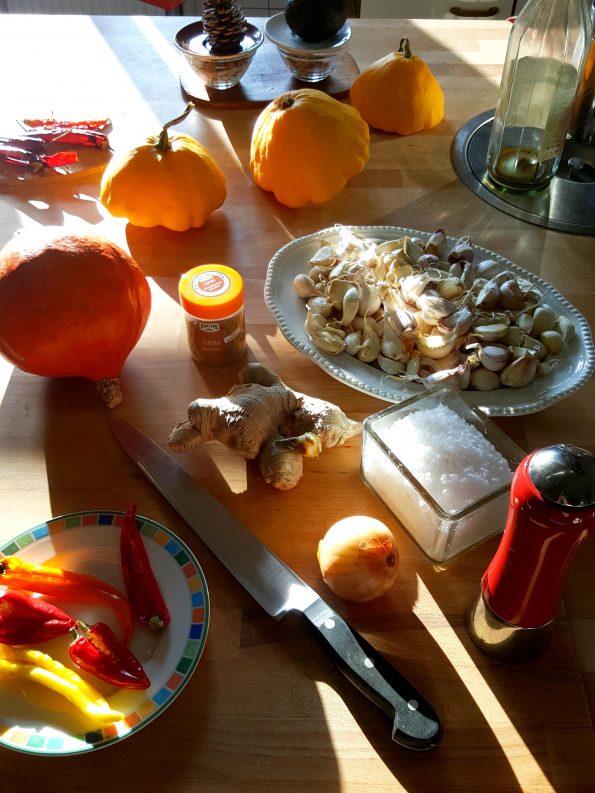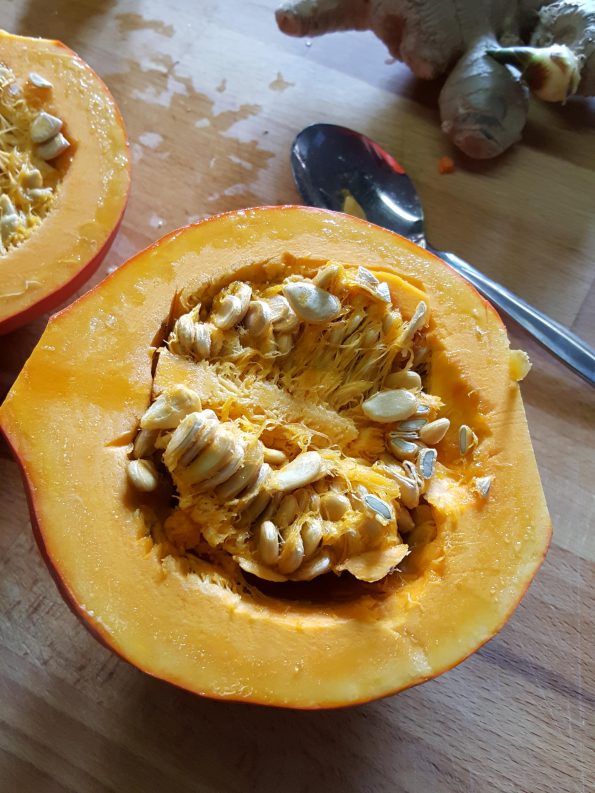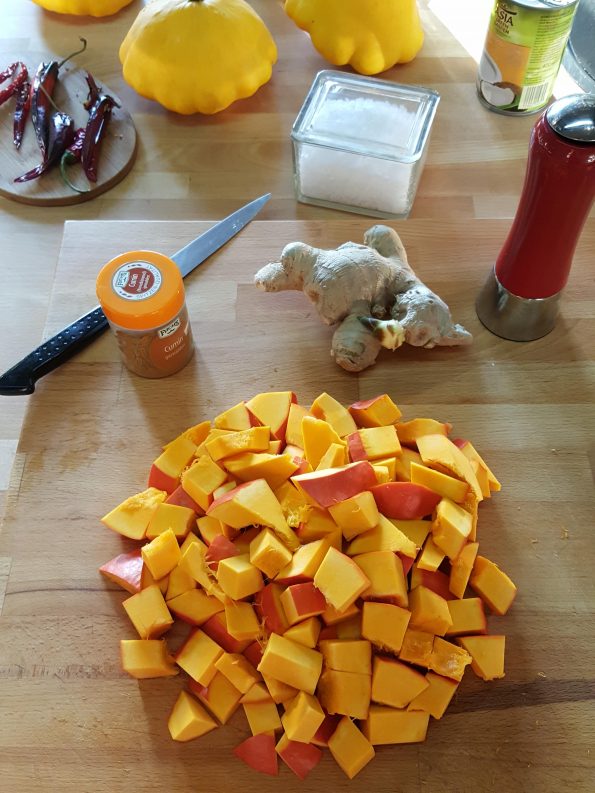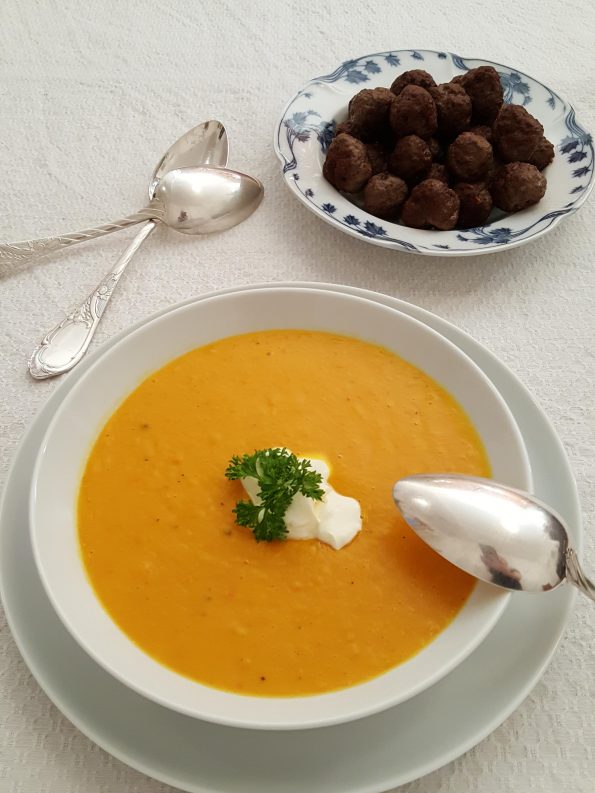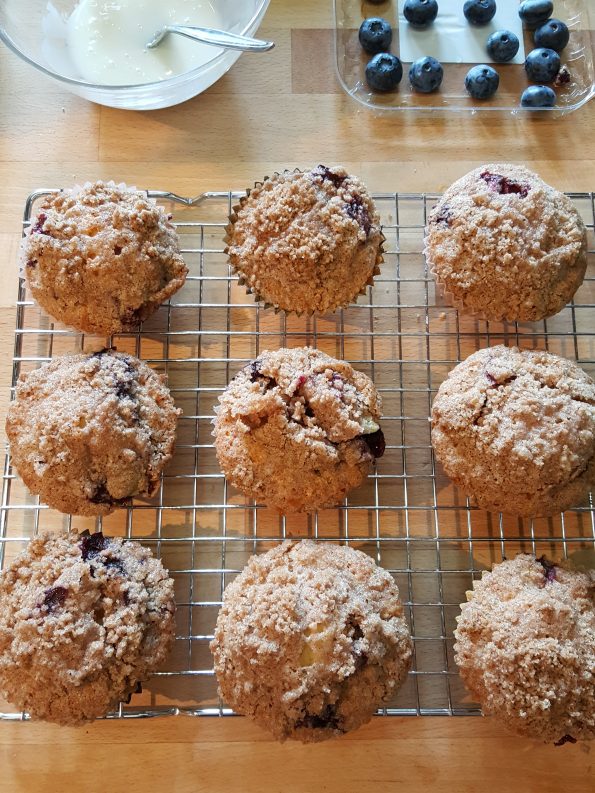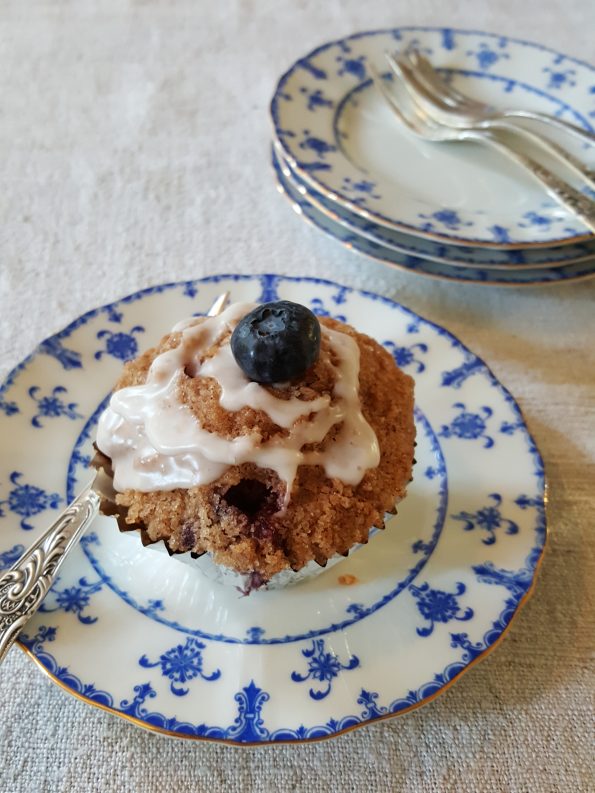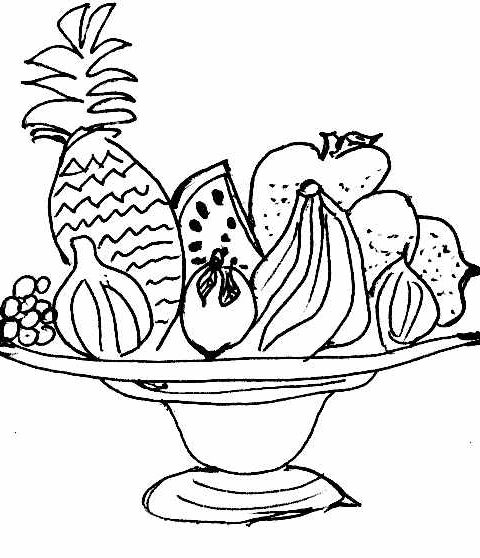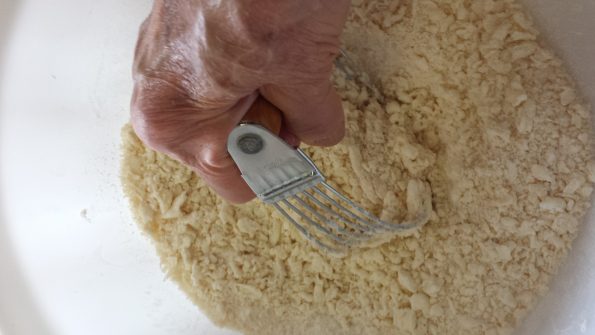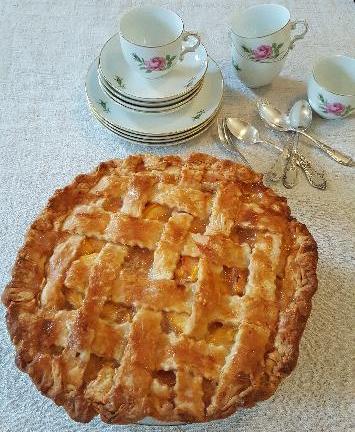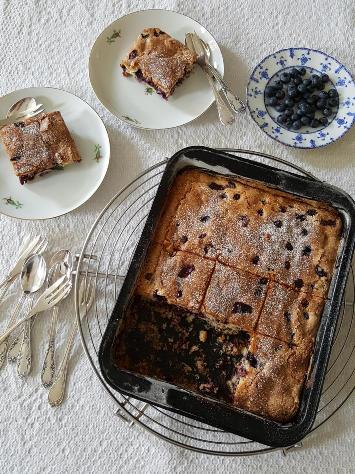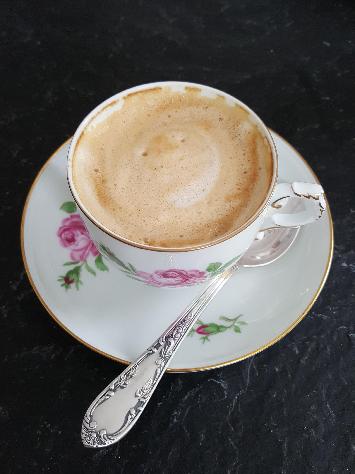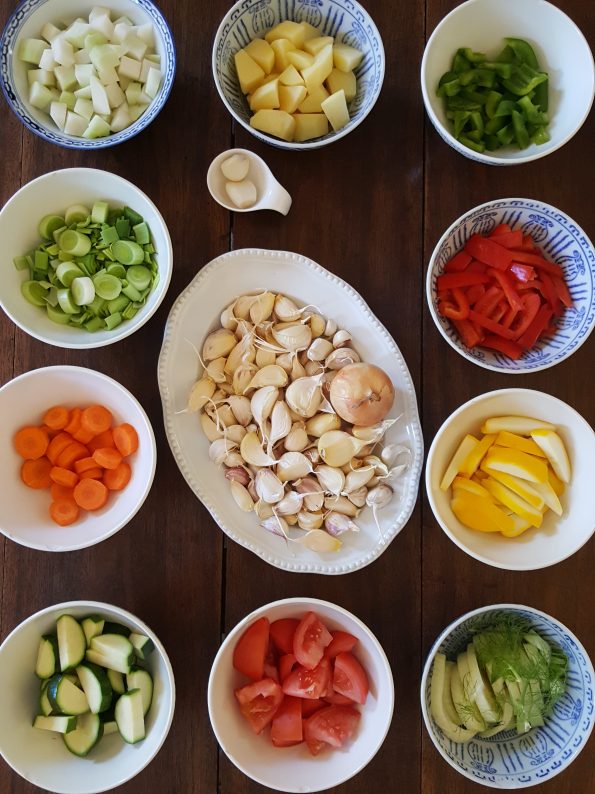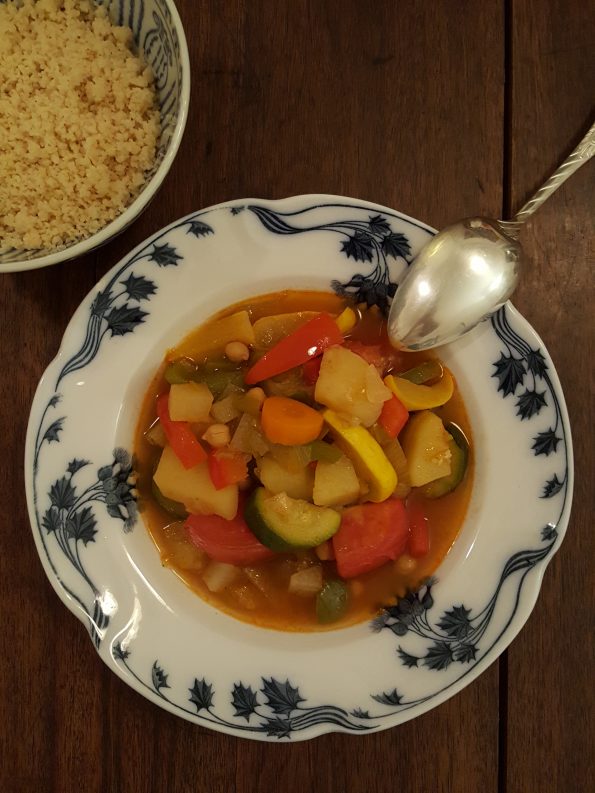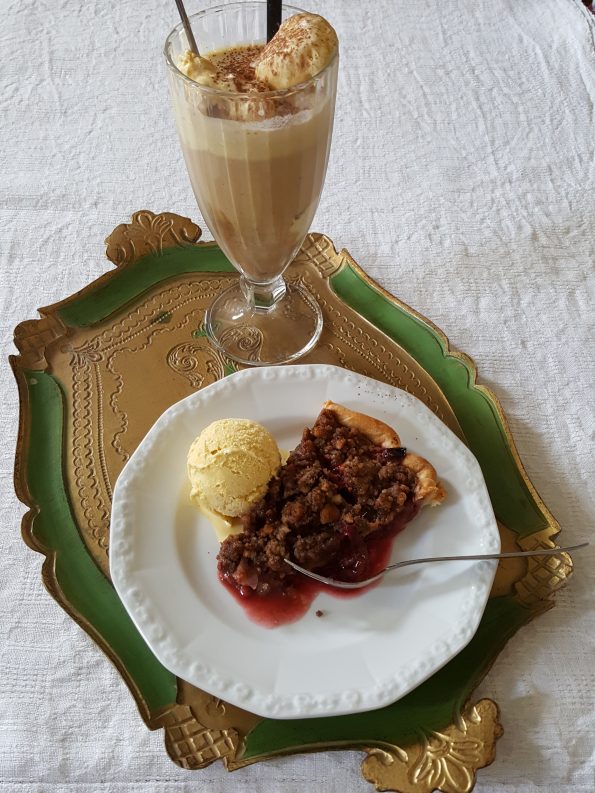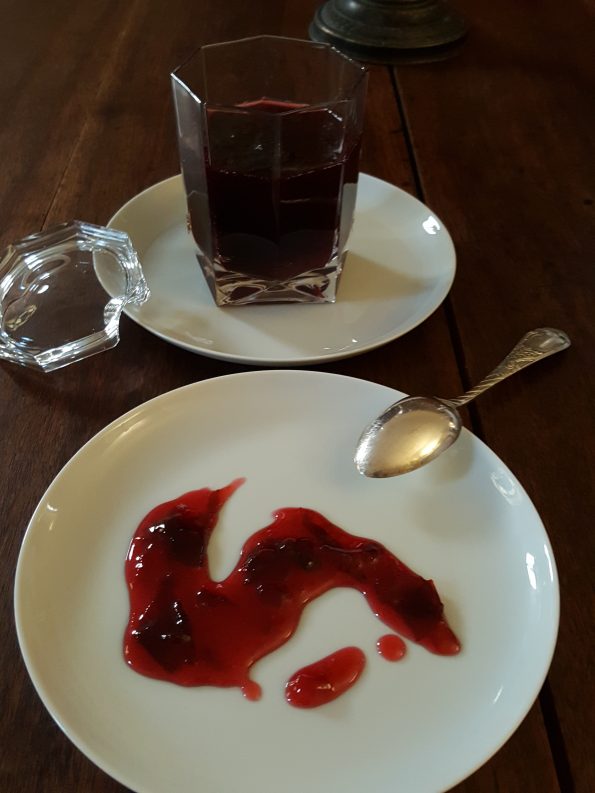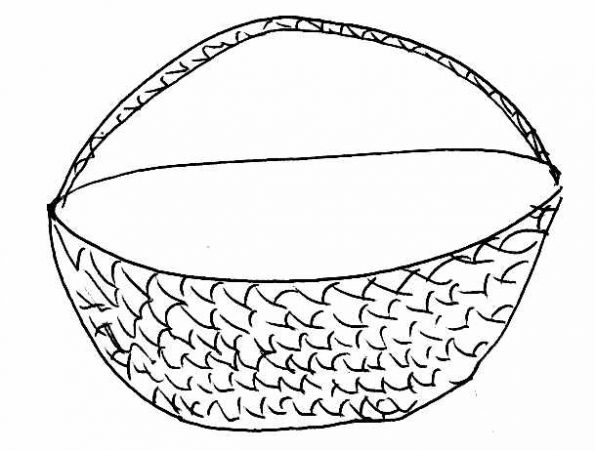
The first days of autumn
We had wonderful guests from Essex, UK and did some traveling and sight seeing with them. The weather was beautiful and unseasonably warm for September with temperatures in the 30s °C so we headed off to Weimar where we visited Goethe’s home and museum.


The next day we drove in to Alsfeld and walked around the beautiful, old historical part of the medieval town. It was still quite warm and we treated ourselves to some ice cream creations at the Italian ice cream parlor in the middle of the town square.

Having guests gave us a good opportunity to do some cooking, too. It was fun and as usual our guests spent much time watching and/or helping in the kitchen. Karin fixed a pork tenderloin in Gorgonzola cream sauce with wide noodles and, of course, we did plenty of baking including these gorgeous blueberry muffins with streusel topping.
Blueberry Muffins with Streusel Topping and Lemon Glaze
Ingredients
1 1/2 cups all-purpose flour
3/4 cup white sugar
1/2 teaspoon salt
2 teaspoons baking powder
1/3 cup vegetable oil
1 egg
1/3 cup milk
1 cup fresh blueberries plus some for decoration
1/2 cup white sugar
1/3 cup all-purpose flour
1/4 cup butter, cubed
1 1/2 teaspoons ground cinnamon
1 tablespoon lemon juice
1/2 cup confectioners’ sugar
Directions
Preheat oven to 400 °F (200 °C). Grease muffin tins or line with paper liners.
Muffin dough: Combine 1 1/2 cups flour, 3/4 cup sugar, salt and baking powder. Place vegetable oil into a 1 cup measuring cup; add the egg and enough milk to fill the cup. Mix this with flour mixture. Fold in one cup of blueberries. Fill muffin cups to the top, and sprinkle with streusel topping mixture.
Streusel topping: Mix together 1/2 cup sugar, 1/3 cup flour, 1/4 cup butter, and 1 1/2 teaspoons cinnamon. Mix with fork, and sprinkle over muffins before baking.
Bake for 20 to 25 minutes in preheated oven, or until done (cake tester comes out dry). Let cool on rack. Mix lemon juice with confectioners’ sugar to make a thick paste. Drizzle over muffins, decorate with one or more fresh blueberries and allow to set.
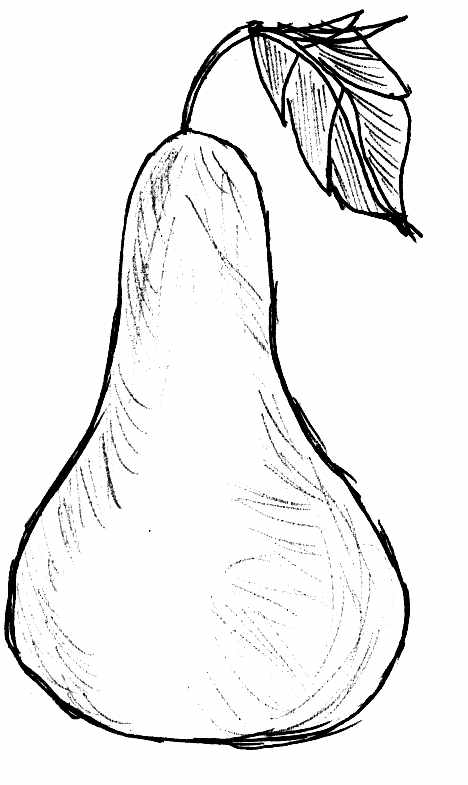
Pear Pie
A few days after our guests left we were shopping and discovered some beautiful, ripe Bosc pears. These are firm and especially suited to baking so we decided to make a pear pie.
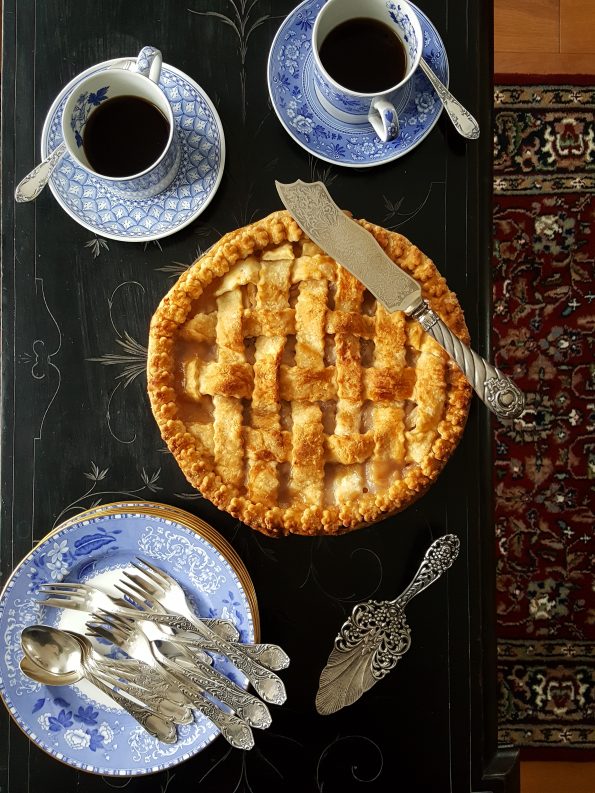
I used my mom’s pie crust recipe, replacing the vegetable shortening (Crisco) with butter. I will add the recipe and some thoughts on making pie crusts to the recipe section soon. Here is the recipe for the rest of the pie:
A double pie dough recipe, enough for a 9″ pie plate top and bottom crusts. Divide the dough into two equal parts, form a disk of each, wrap in plastic wrap and refrigerate for at least an hour.
Pear filling
1/2 cup (115 g) sugar
1/4 cup (35 g) all-purpose flour
1/4 teaspoon cinnamon
1/8 teaspoon ground cloves
8 firm Bosc, Bartlett or Anjou pears—peeled, cored and sliced 1/2 inch thick
1 tablespoon butter
Glaze
1 tablespoon milk
1 tablespoon sugar
1 tablespoon butter, melted
Instructions
Preheat the oven to 450 °F (230 °C). In a large bowl, stir together the sugar, flour, cinnamon and cloves. Add the pears and toss to coat.
Roll out one of the dough disks for a bottom crust and line the plate. Coat the bottom crust with egg white or melted butter to keep it from becoming soggy.
Transfer the pear filling to the pie pan and arrange the slices so there are no spaces. Dot the pears with the butter.
Roll out the second disk of dough to an 11-inch round and cut into strips with a knife or zig-zag wheel. Weave the strips over the top of the pie to make a lattice and seal the edges with decorative punched-out buttons of rolled-out dough. Alternatively, you can just roll out a simple crust and cover the pie with that, crimping the edges together with the lower crust. Don’t forget to cut slits in the crust to allow steam to escape.
Mix the milk, sugar and butter and brush this glaze over the pie. Bake in the hot oven for 10 minutes, reduce the heat to 350 °F (175 °C) and continue to bake for about 50 minutes or until the crust is golden brown and the filling begins to bubble through the lattice or vent slits. Let the pie cool on a rack, about 3 hours. Serve warm or at room temperature.
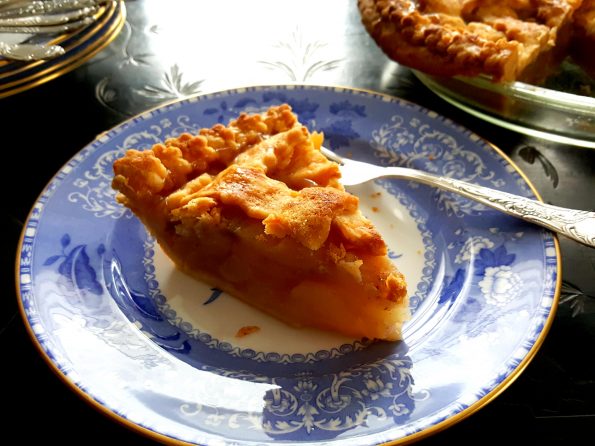
We enjoyed half of the pie and gave the other half to our friends. It was very good with vanilla ice cream or with whipped cream.
Now that autumn has arrived, the temperatures are sinking and all of the wonderful fruits of the autumn harvest will be available there will be ample opportunity to do some comfort food cooking. We’ll be sharing some of our standard recipes and trying out some new ones. It’s going to be an exciting time! Thanks for joining us.

